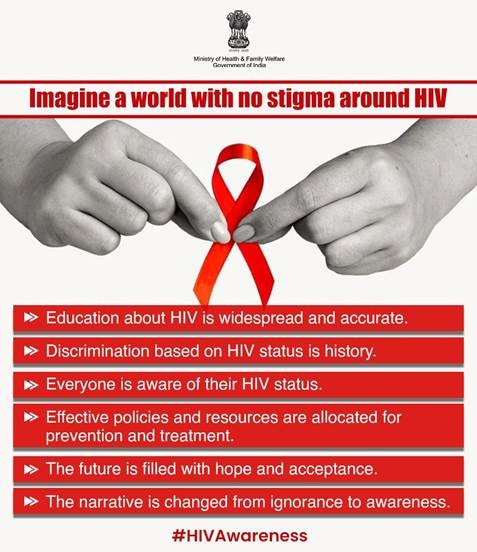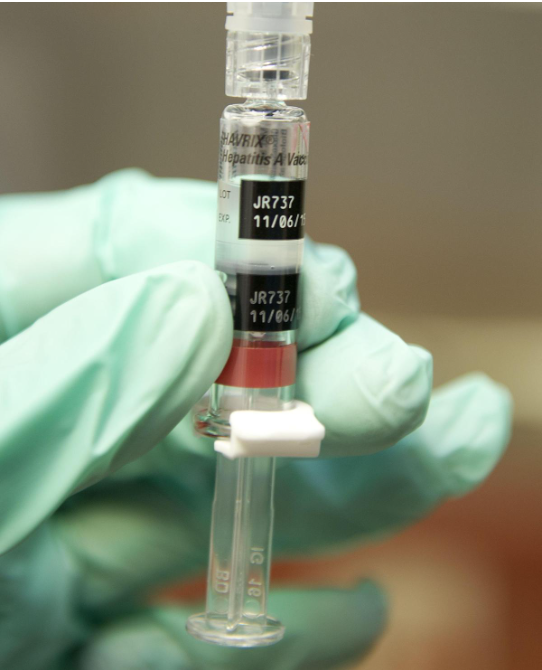




Source: Kawasakidiseasefoundation
Disclaimer: Copyright infringement not intended.
Recently a stand up comedian revealed his son was suffering from a rare disease called Kawasaki disease.
Kawasaki Disease (KD) is an acute, self-limiting illness that predominantly affects children under the age of 5. It is characterized by inflammation of blood vessels (vasculitis) and can lead to serious complications if left untreated.
Primarily affects children under 5 years.
Slightly more common in boys than girls.
Most cases occur in Asia particularly Japan but it is found worldwide.
More common in late winter and early spring.
Exact Cause: Unknown but suspected triggers include:
Viral or bacterial agents.
Genetic Factors (Predisposition in families).
An abnormal reaction to an environmental trigger.
Presence of fever lasting more than 5 days along with at least four of the following five symptoms:
Intravenous Immunoglobulin (IVIG): Standard treatment to reduce inflammation and prevent coronary complications.
Aspirin.
Type of Blood Vessel |
Structure |
Function |
Examples |
|
Arteries |
Thick, muscular and elastic walls; narrow lumen. |
Carry oxygenated blood away from the heart (except pulmonary arteries). |
Aorta, Coronary arteries, Pulmonary artery |
|
Arterioles |
Smaller branches of arteries; thinner walls with smooth muscle. |
Regulate blood flow and pressure by vasodilation and vasoconstriction. |
Precapillary arterioles |
|
Capillaries |
Single-cell-thick walls; no muscle layer; very narrow lumen. |
Exchange of gases, nutrients and waste products between blood and tissues. |
Capillaries in lungs, muscles, intestines |
|
Venules |
Thin-walled vessels formed from capillaries; contain some smooth muscle. |
Collect deoxygenated blood from capillaries and transport it to veins. |
Postcapillary venules |
|
Veins |
Thin walls with less muscle; larger lumen; contain valves to prevent backflow of blood. |
Carry deoxygenated blood toward the heart (except pulmonary veins). |
Vena cava, Pulmonary veins |
|
Vasa Vasorum |
Small blood vessels that supply the walls of larger blood vessels. |
Provide nutrients and remove waste for the outer layers of large arteries and veins. |
Found in the walls of aorta and vena cava |
Feature |
Arteries |
Capillaries |
Veins |
|
Wall Thickness |
Thick and muscular |
Very thin (single layer of cells) |
Thin, less muscular |
|
Lumen Size |
Narrow |
Extremely narrow |
Wide |
|
Presence of Valves |
Absent (except pulmonary artery) |
Absent |
Present |
|
Blood Flow |
Away from the heart |
From arteries to veins |
Toward the heart |
|
Pressure |
High |
Low |
Very low |
|
Oxygen Content |
Oxygen-rich (except pulmonary artery) |
Mixed (depending on location) |
Oxygen-poor (except pulmonary vein) |
Type |
Description |
|
Lymphatic Vessels |
Part of the lymphatic system responsible for transporting lymph (a fluid containing white blood cells). |
|
Sinusoids |
Specialized capillaries with larger pores found in organs like the liver, spleen and bone marrow. |
Sources:
|
PRACTICE QUESTION Q.Consider the following statements regarding blood vessels:
Which of the statements given above is/are correct? (a) 1 only (b) 2 and 3 only (c) 3 only (d) 1, 2 and 3 Answer: (b) Explanation: Statement 1 is incorrect: While arteries usually carry oxygenated blood and veins deoxygenated blood, pulmonary arteries and veins are exceptions. Pulmonary arteries carry deoxygenated blood and pulmonary veins carry oxygenated blood. Statement 2 is correct: Capillaries have thin walls that allow for the exchange of gases, nutrients and waste products between blood and tissues. Statement 3 is correct: Veins have thinner walls and valves to prevent the backflow of blood especially in low-pressure systems. |






© 2025 iasgyan. All right reserved